The couple, who established the eponymous Nieto Sobejano Arquitectos in 1984, first won international recognition for their museum beside the archeological site of Madinat al Zahra, a 10th-century Islamic city-palace near Córdoba, Spain. Winner of the 2010 Aga Khan Award, that project adapted the palace’s geometric patterns of spaces and patios to work in a sleek, modern design. Other notable works include the San Telmo Museum in San Sebastián, Spain (2011), the Center for Contemporary Creation, also in Córdoba (2013), and the Moritzburg Museum in Halle, Germany (2008). Nieto and Sobejano teach and maintain offices in Madrid and Berlin. Sobejano spoke with record international correspondent David Cohn about the winning proposal for the Dallas Museum of Art and the similarly “respectful” approach the firm has taken to expansion projects at European cultural institutions.
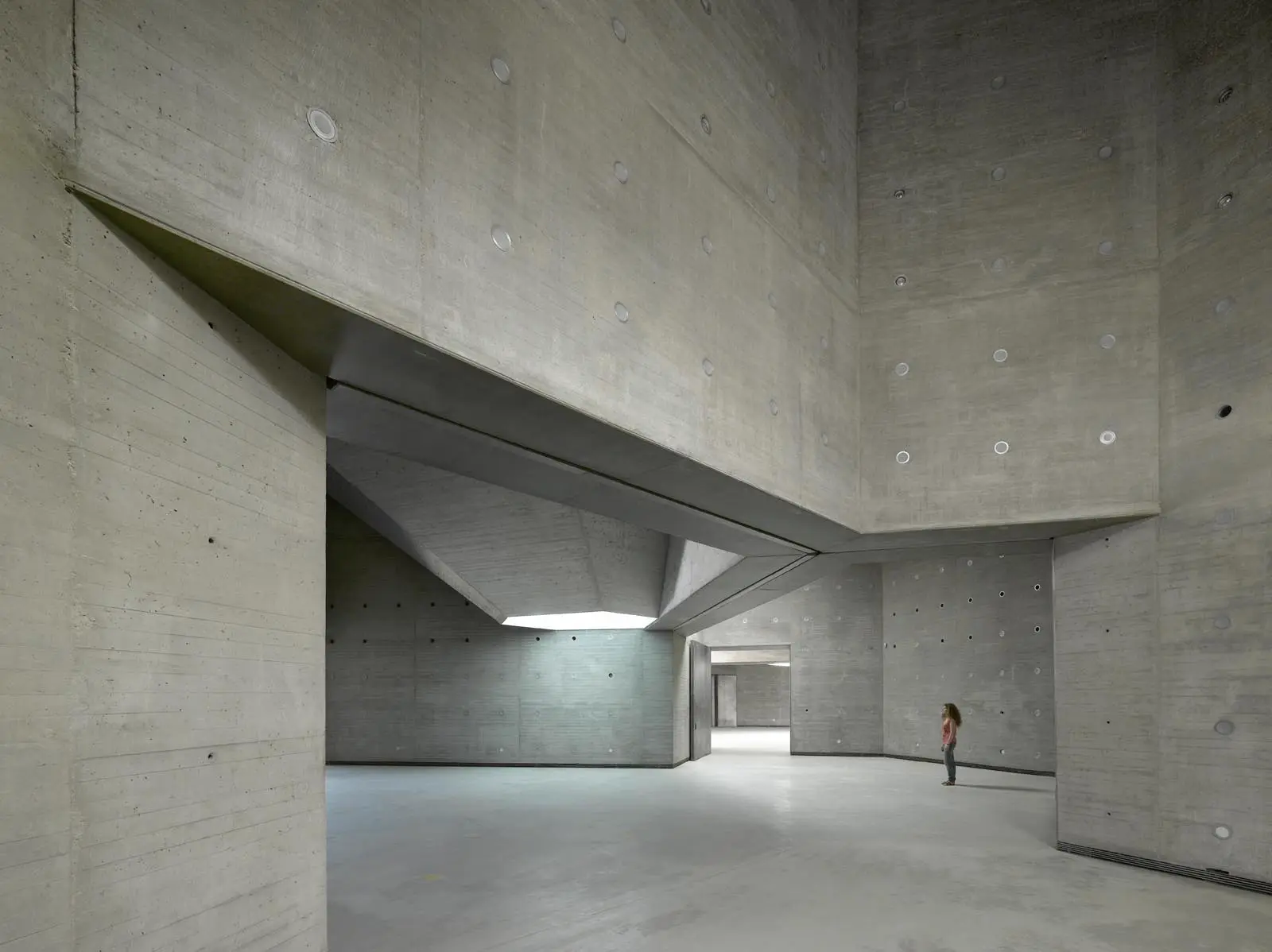
Córdoba Contemporary Art Center, also known as the Center for Contemporary Creation or C3A, 2013. Photo © Roland Halbe
What do you think made your design stand out from among the other five finalists?
The formation and development of our firm is based on interventions in existing buildings. For us, Edward Larrabee Barnes’s original museum was the key factor in our proposal. It’s very large and opaque—over 420,000 square feet—and organized in a series of near cubic volumes clad in limestone. The clients want to improve its image, enlarge it, and open it more to the public. But the base of our project had to be Barnes. We analyzed his design in geometric and constructive terms. Our proposal responds to the idea that it should be enlarged following this logic.
I think David Chipperfield [in his proposal] did something similar, but the other firms greatly transformed the existing building. Some left it unrecognizable. In fact, when we saw the other proposals, we thought, “Well, ours is so different that it must not be what they’re looking for.”
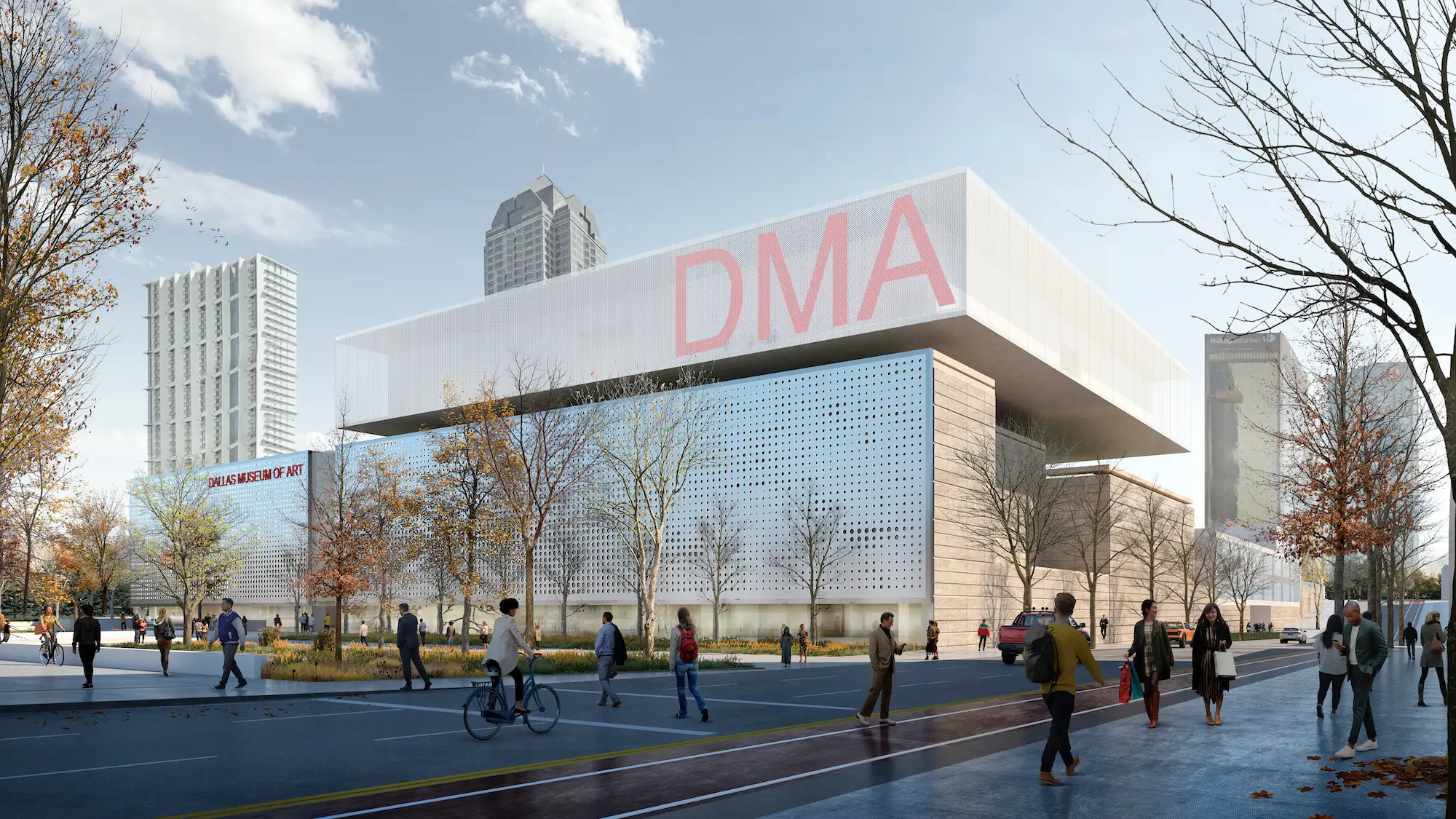
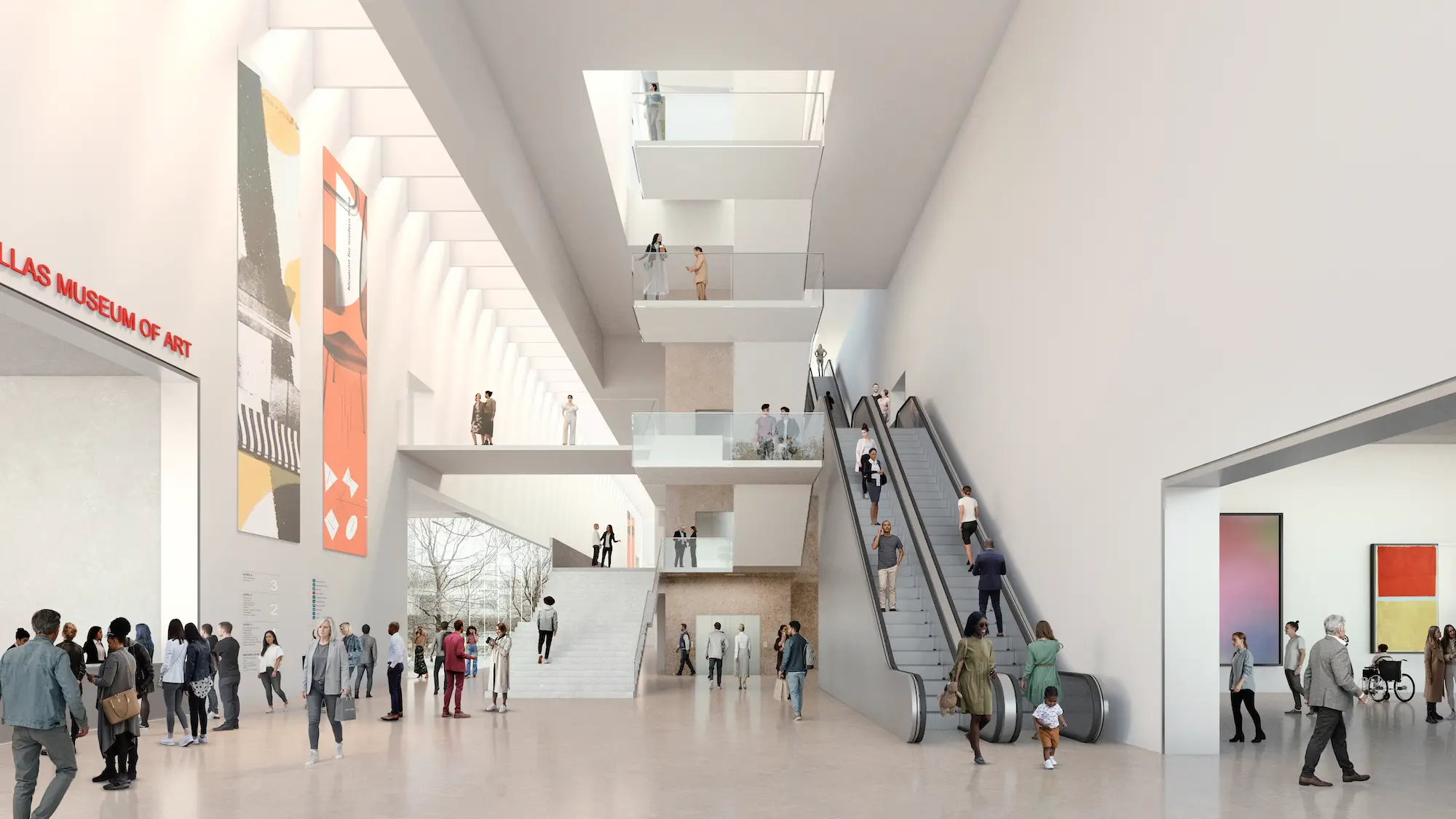
Exterior and interior renderings of the reimagined Dallas Museum of Art, as proposed by Nieto Sobejano Arquitectos. Images by Nieto Sobejano Arquitectos
But you certainly had to make important changes to the original building.
Of course. For example, the four main galleries are staggered in height, with some 5 feet of stairs between each one. It’s spatially attractive but today presents a problem of accessibility. So we altered the floor height in two of the galleries, and instead of four halls, there are two larger spaces.
At an intermediate level, a central axis organizes the whole design, with new elevators, stairs, and escalators. As it is now, this space is like a subway tunnel. We opened it to natural light from above, which gives it height, and to the north and south facades. The education center is found there, and temporary exhibitions, a shop, and café. This changes everything—it becomes like a public street that passes through the building.
The second important part of our proposal are the two main facades. The original building only has one, to the south, with a symbolic vault opening to the axis of the Dallas Arts District. But patterns of development suggest that the opposite, northern facade will also become important in the future. Though the idea still needs to be developed, we will transform these facades so that artists can interact with them by presenting contemporary art directly to the city, as we’ve done in our Córdoba Contemporary Art Center. We maintained Barnes’s stone massing but opened the ground floor with sections of glass to make it more transparent and friendly.
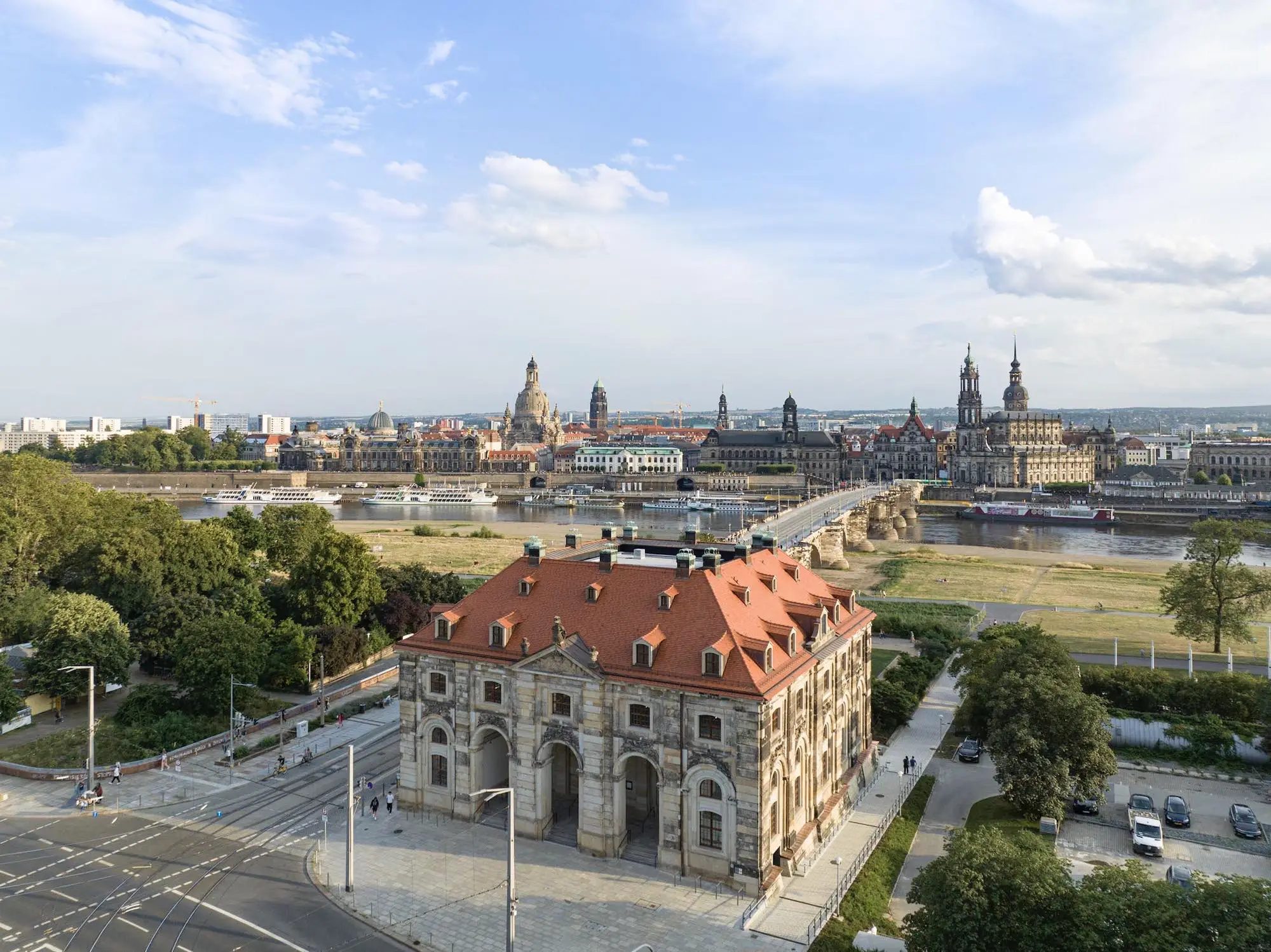
Archive of the Avant-garde, a 2023 project that involved the gut refurbishment and expansion of an 18th-century Baroque building in Dresden. The museum opens to the public next year. Photo © Roland Halbe
How are you handling the addition to the building?
The addition comprises about 40,000 square feet. It will appear as a volume floating over the roofs, almost square in plan like Barnes’s modules. The elevated volume—dedicated to exhibitions—is without columns, making it an enormously versatile space. It has a powerful structure, with deep beams and large cantilevers supported by only four columns. The translucent cladding can be illuminated at night. Below this floating volume are a restaurant and events space, with terraces that make the roof accessible for the first time.
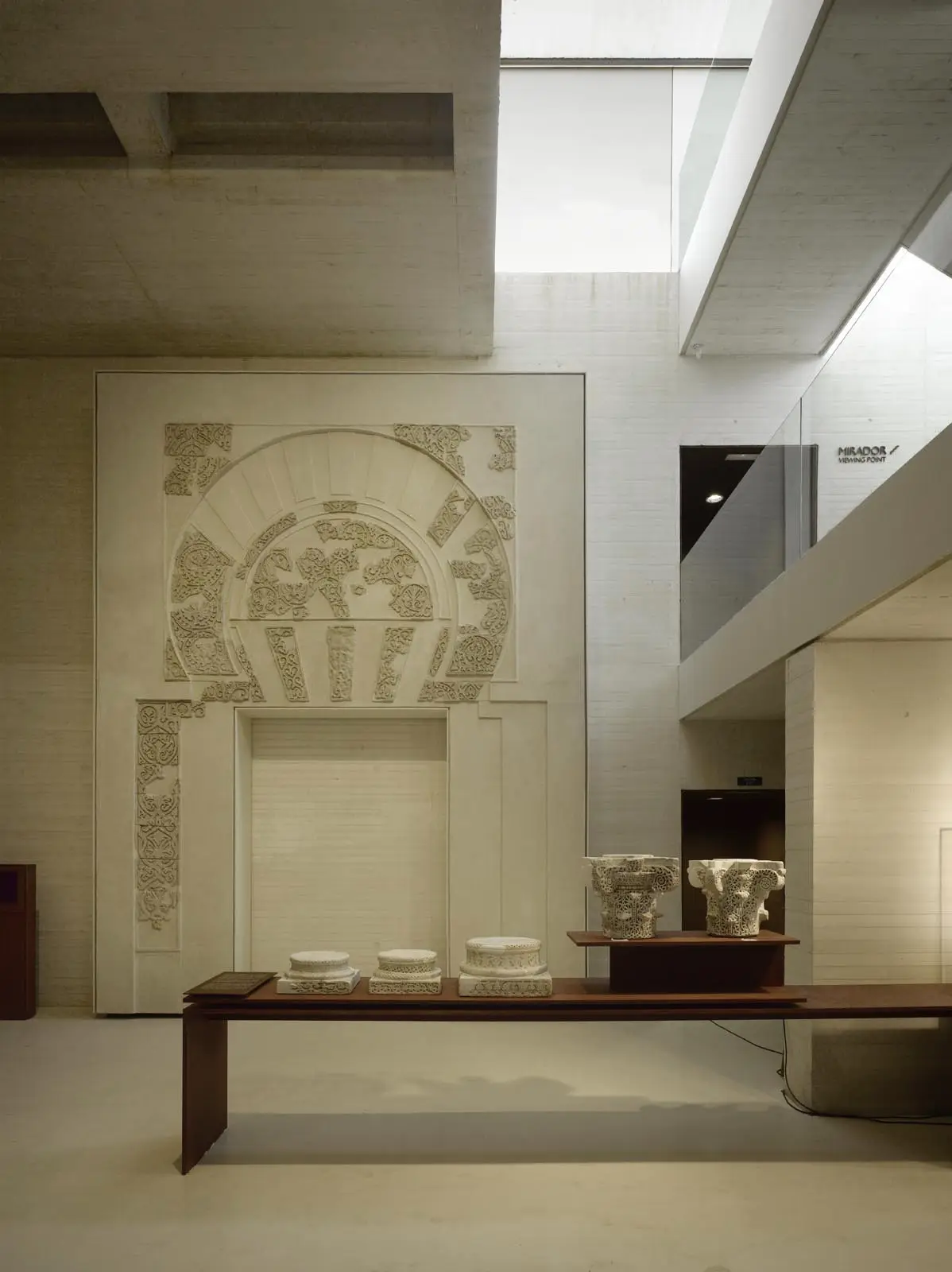
The Madinant Al Zahra Museum in Córdoba, 2009. Photo © Roland Halbe
Do you feel a particular sympathy between Barnes’s work and your design aesthetic?
The relationship is more ambivalent. But, on entering the competition and revisiting his work, we began to understand its value. In Germany, where the country’s postwar architecture is now highly valued and protected, we are working on several projects with similar issues. Our addition to the Archeological Museum in Munich opens this year. It’s a very forceful building of the 1970s by a little-known architect, Helmut von Werz. We won the competition with the same approach: that the building should be respected. In this case, our addition is under ground. Currently, we are restoring the Beethoven Concert Hall in Bonn, a 1950s building designed by a disciple of Hans Scharoun. The value of such works is some times architectural, sometimes historic. We respect that and respond to this. And that’s what we did here in Dallas.


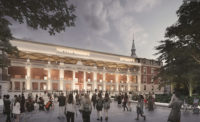
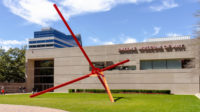
Post a comment to this article
Report Abusive Comment